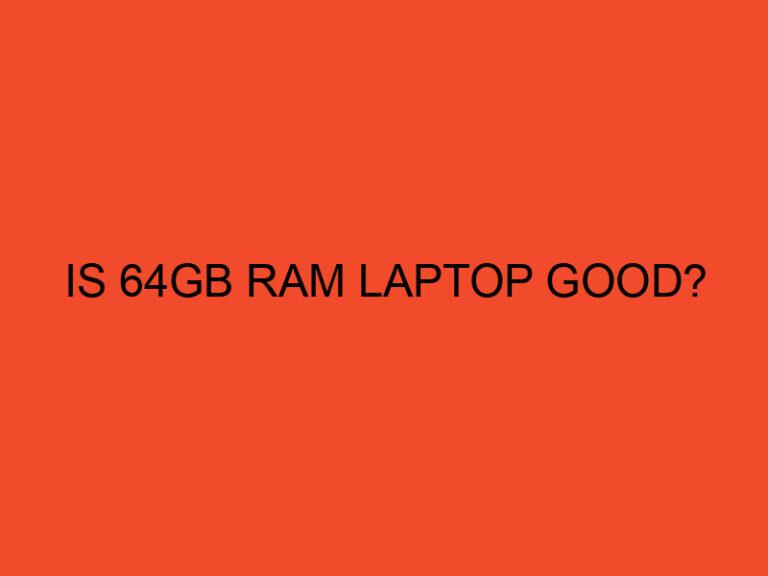In today’s rapidly advancing technological landscape, computing power plays a crucial role in driving innovation and solving complex problems. One significant development in this field is GPU acceleration, which has revolutionized the way we process data and perform computations. This article will delve into the concept of GPU acceleration, its applications, benefits, and its potential to shape the future of computing.
Table of Contents
What is GPU Acceleration – Unleashing the Future of Computing
GPU acceleration refers to the utilization of graphics processing units (GPUs) to enhance computational tasks traditionally performed by central processing units (CPUs). While CPUs excel in sequential tasks and general-purpose computing, GPUs are designed to process large amounts of data in parallel. This parallel processing capability enables GPUs to perform complex calculations and handle data-intensive workloads more efficiently.
Understanding Graphics Processing Units (GPUs)
GPUs are specialized processors primarily designed for rendering images and graphics. Originally developed for gaming and graphic-intensive applications, GPUs have evolved into powerful computational tools. Unlike CPUs, which consist of a few cores optimized for serial processing, GPUs feature thousands of cores optimized for parallel processing. This architecture allows GPUs to tackle massive datasets and perform calculations simultaneously, significantly speeding up computations.
How GPU Acceleration Works
GPU acceleration involves leveraging the parallel processing capabilities of GPUs to offload computational tasks from the CPU. By utilizing APIs (Application Programming Interfaces) such as CUDA (Compute Unified Device Architecture) or OpenCL (Open Computing Language), developers can write programs that effectively utilize GPU resources. These programs divide complex tasks into smaller sub-tasks that can be executed simultaneously on the GPU cores, resulting in faster and more efficient computations.
Applications of GPU Acceleration
GPU acceleration has found applications in various fields, including:
1. Artificial Intelligence and Machine Learning
GPU acceleration has been instrumental in the rapid advancement of artificial intelligence and machine learning. Deep learning algorithms, which involve processing vast amounts of data, benefit greatly from the parallel processing capabilities of GPUs. Tasks such as image recognition, natural language processing, and autonomous driving heavily rely on GPU acceleration to achieve real-time results.
2. Scientific Computing
Scientists and researchers utilize GPU acceleration to solve complex scientific problems that involve extensive simulations and data analysis. GPU-accelerated simulations can provide faster insights into areas such as climate modeling, drug discovery, astrophysics, and molecular dynamics.
3. High-Performance Computing
GPU acceleration has revolutionized high-performance computing (HPC). Applications requiring intensive calculations, such as weather forecasting, fluid dynamics, and financial modeling, can significantly benefit from GPU acceleration. It enables scientists and engineers to perform complex simulations and analysis in a fraction of the time compared to traditional CPU-based systems.
4. Video Editing and Rendering
GPU acceleration is widely used in video editing and rendering applications. The parallel processing power of GPUs allows for real-time playback of high-resolution videos, smooth video editing workflows, and faster rendering times. This enables content creators to bring their creative visions to life more efficiently.
Benefits of GPU Acceleration
The adoption of GPU acceleration offers several advantages:
- Enhanced Performance: GPU acceleration enables faster and more efficient processing of data-intensive tasks, significantly reducing computation time and improving overall system performance.
- Cost-Effectiveness: GPUs offer a cost-effective solution for accelerating computations compared to traditional CPU-based systems. Their parallel architecture allows for higher performance per watt, resulting in energy savings and reduced infrastructure costs.
- Scalability: GPU acceleration provides scalability by allowing multiple GPUs to work together, further enhancing computational power. This scalability is particularly beneficial in demanding applications that require extensive parallel processing.
- Real-Time Processing: The parallel processing capabilities of GPUs enable real-time analysis and decision-making, making them well-suited for time-sensitive applications such as autonomous vehicles, real-time analytics, and interactive simulations.
The Future of GPU Acceleration
The future of GPU acceleration holds tremendous potential for further advancements in computing technology. As GPUs continue to evolve, their parallel processing power is expected to increase, enabling even more complex computations to be performed efficiently. This will drive innovations in areas such as artificial intelligence, data analytics, virtual reality, and scientific research.
Moreover, with the rise of edge computing and the Internet of Things (IoT), there is a growing need for powerful and energy-efficient processors. GPUs, with their ability to handle large amounts of data in parallel, are well-positioned to meet these demands and play a vital role in shaping the future of computing.
Conclusion
GPU acceleration has emerged as a game-changer in the world of computing, offering unparalleled processing power and efficiency for a wide range of applications. Its ability to handle massive datasets, perform complex computations, and deliver real-time results has revolutionized fields such as artificial intelligence, scientific computing, high-performance computing, and multimedia processing. As GPU technology continues to advance, we can expect it to unleash new possibilities and drive innovation in various industries, propelling us into the future of computing.
FAQs
How does GPU acceleration improve computational performance?
GPU acceleration leverages the parallel processing capabilities of GPUs to offload computational tasks from CPUs, resulting in faster and more efficient computations, especially for data-intensive workloads.
Which fields benefit from GPU acceleration?
GPU acceleration finds applications in diverse fields, including artificial intelligence, machine learning, scientific computing, high-performance computing, and multimedia processing.
Are GPUs more cost-effective than CPUs for accelerating computations?
Yes, GPUs offer a cost-effective solution for accelerating computations compared to traditional CPU-based systems. Their parallel architecture provides higher performance per watt, resulting in energy savings and reduced infrastructure costs.
How does GPU acceleration contribute to real-time processing?
The parallel processing capabilities of GPUs enable real-time analysis and decision-making, making them well-suited for time-sensitive applications such as autonomous vehicles, real-time analytics, and interactive simulations.
What is the future outlook for GPU acceleration?
The future of GPU acceleration is promising, with increasing parallel processing power expected to drive innovations in areas such as artificial intelligence, data analytics, virtual reality, and scientific research.





